Learning how to sew is easier than you might think, and it's a skill that can save you money while giving you a fun creative outlet.
We'll start with the basics like threading a needle and work up to your first simple projects. By the end, you'll have the confidence to tackle sewing tasks around the house and maybe even discover a new hobby you love.
What Do You Need to Start Sewing as a Beginner?
You need just a few basic items to start sewing: a sewing machine (or needle for hand sewing), thread, fabric scissors, pins, and some fabric to practice on.
Most beginners can get started for under $100 if they buy a simple sewing machine and basic supplies.
Don't worry about getting fancy equipment right away, you can always add more tools as you learn what you like to make.
Basic sewing supplies for beginners
The essential supplies include fabric scissors, seam ripper, measuring tape, pins, hand-sewing needles, and a variety of thread colors.
You'll also want some basic fabric like cotton for practicing and maybe some interfacing for structure. These supplies will handle most beginner projects and repairs around the house.
What kind of fabric should I start with?
Cotton fabric is the best choice for beginners because it's easy to work with and doesn't stretch or slip around while you're sewing.
Look for quilting cotton or basic cotton prints at fabric stores, they're affordable and forgiving if you make mistakes.
Avoid stretchy fabrics like jersey or slippery ones like satin until you've gotten comfortable with the basics.
What are the best beginner sewing tools?
A basic sewing machine, fabric scissors, and a seam ripper are the three most important tools for new sewers.
Add some straight pins, a measuring tape, and hand-sewing needles, and you're ready to start most beginner projects.
You can find starter kits that include these essentials, which is often cheaper than buying everything separately.
Check out my beginner-friendly patterns here.
Can I Teach Myself Sewing?
Yes, you can absolutely teach yourself how to sew using online tutorials, books, and practice. Many people learn sewing at home without ever taking a formal class!
Start with simple projects and be patient with yourself as you learn, everyone makes mistakes when they're starting out.

How long does it take to learn to sew?
You can learn basic sewing skills in a few weeks of regular practice, but becoming comfortable with different techniques takes several months.
Most beginners can make simple items like pillowcases or tote bags after practicing for about a month.
The more you sew, the faster you'll improve and feel confident tackling new projects.
Do I need to take a class to learn sewing?
No, you don't need to take a class to learn sewing, though classes can be helpful if you learn better with hands-on instruction.
Many successful sewers are completely self-taught using YouTube videos, online tutorials, and sewing books.
Classes can be nice for getting immediate feedback and meeting other people who sew, but they're not required.
Tips for teaching yourself how to sew at home
Start with very simple projects like straight seams and hemming before moving on to anything complicated.
Watch the same tutorial video multiple times and pause it as you work along with the instructor. Practice on scraps of fabric first, and don't be afraid to rip out seams and try again when something doesn't look right.
How Do You Sew Step by Step for Beginners?
Step 1: Choose your project
Pick something simple like a pillowcase, tote bag, or hemming pants for your first project. Look for projects that use mostly straight lines and don't require complicated techniques like zippers or buttonholes.
Starting small gives you a better chance of success and helps you learn the basics without getting overwhelmed.
Step 2: Gather materials
Get all your supplies ready before you start: fabric, thread that matches your fabric, scissors, pins, and your sewing machine or needle.
Read through your project instructions to make sure you have everything you need. Having everything organized and within reach makes the sewing process much smoother and more enjoyable.
Step 3: Learn basic stitches
Start with the straight stitch, which is the foundation of most sewing projects. Practice threading your machine, adjusting stitch length, and sewing straight lines on paper first if you want.
Once you're comfortable with straight stitches, you can learn backstitches for hand sewing and zigzag stitches for finishing edges.
Step 4: Practice on scrap fabric
Use leftover fabric pieces to practice your stitches and test your machine settings before working on your actual project.
This step helps you get comfortable with how your fabric behaves and lets you make mistakes without ruining your good material.
Spend at least 15-20 minutes practicing before moving on to your real project.
Step 5: Sew your first project
Follow your pattern or tutorial instructions carefully, taking your time with each step. Don't rush, it's better to sew slowly and get clean, straight seams than to hurry and have to redo everything.
Remember that your first project doesn't have to be perfect, and you'll improve with each thing you make.
How to Sew with a Needle and Thread for Beginners
What is hand sewing?
Hand sewing is the process of joining fabric pieces together using just a needle and thread, without a sewing machine.
It's one of the oldest ways to make and repair clothing, and it's still useful today for small projects, repairs, and detailed work.
Many people find hand sewing relaxing and enjoy being able to sew anywhere without needing electricity or equipment.
Basic hand stitches every beginner should know
The three most important hand stitches for beginners are the running stitch, backstitch, and whipstitch.
These three stitches will handle most basic sewing needs like hemming, repairs, and simple projects.
-
Running stitch: The running stitch is the simplest hand stitch where you weave your needle in and out of the fabric in a straight line.
-
Backstitch: The backstitch creates a solid, continuous line by stitching forward then bringing your needle back to the end of your previous stitch.
-
Whipstitch: The whipstitch wraps thread around the fabric edge in a diagonal pattern to prevent fraying or join pieces together.
Is it hard to sew by hand?
Hand sewing is not hard to learn, but it does take more time and patience than machine sewing.
The basic stitches are simple to master with a little practice, and you can start with easy projects like hemming or sewing on buttons.
Learn how to sew a button in just a few simple steps here.
Your hands might get tired at first, but you'll build up stamina as you sew more often.
How to Use a Sewing Machine for the First Time
Start by reading your sewing machine manual and practicing threading the machine before you try to sew anything.
Spend some time getting familiar with the basic controls like the foot pedal, stitch selector, and tension dial.
Practice sewing straight lines on paper or scrap fabric until you feel comfortable controlling the speed and steering.

What’s the best beginner sewing machine?
A basic mechanical sewing machine with straight stitch, zigzag stitch, and an automatic buttonhole function is perfect for beginners.
Look for brands like Brother, Singer, or Janome that offer simple models under $200 with good reviews.
To see my list of recommended sewing machines, click here.
How do you thread a sewing machine?
Most machines have numbered guides or arrows printed right on them to show you exactly where the thread should go.
Take your time and follow the threading diagram in your manual, it gets easier with practice and you'll memorize the path quickly.
Common mistakes to avoid with a sewing machine
The biggest mistakes beginners make are not threading the machine correctly, forgetting to put the presser foot down before sewing, and going too fast when they're still learning.
Always check that your needle is the right type and size for your fabric, and make sure your bobbin is wound evenly.
FAQ: Beginner Sewing Questions Answered
Is sewing expensive to get into?
Sewing can be very affordable to start, you can begin hand sewing with just a needle, thread, and fabric for under $20.
If you want a sewing machine, basic models start around $100, and you can often find good used machines for even less.
The cost really depends on what you want to make and how fancy you want to get with your tools and materials.
Can I sew without a machine?
Yes, you can absolutely sew without a machine using just a needle and thread for hand sewing. Many repairs, alterations, and small projects work perfectly well with hand sewing techniques.
Hand sewing takes more time than machine sewing, but it's quieter, portable, and gives you complete control over every stitch.
What is the easiest stitch to learn?
The running stitch is the easiest stitch to learn because you simply weave your needle in and out of the fabric in a straight line.
It's the same motion you'd use to stitch two pieces of paper together, just with fabric and thread.
Why is my thread bunching up?
Thread bunching usually happens because your sewing machine isn't threaded correctly or your tension settings are off.
Check that you've followed the threading path exactly and that your bobbin is inserted properly.
If the threading looks right, try adjusting your tension dial or changing to a fresh needle, sometimes a bent or dull needle causes thread problems.
To get help troubleshooting common sewing issues, click here.
What to do if your stitches are uneven?
Uneven stitches are normal when you're learning, and they'll get better with practice as you develop muscle memory.
Slow down your sewing speed and focus on keeping steady pressure on the fabric as you guide it through the machine.
For hand sewing, try marking evenly spaced dots with a ruler first, then stitch from dot to dot until you can judge the spacing by eye.


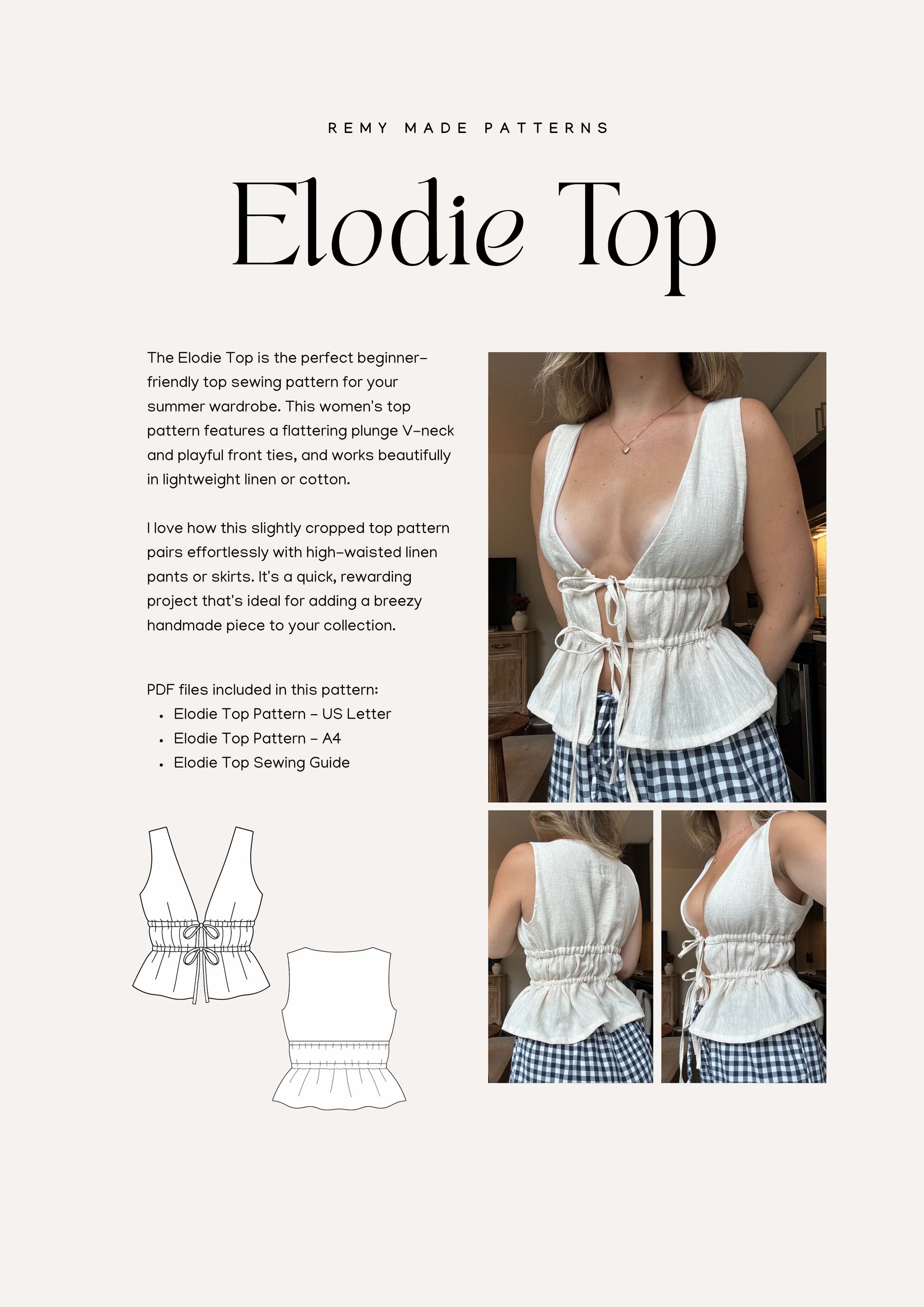
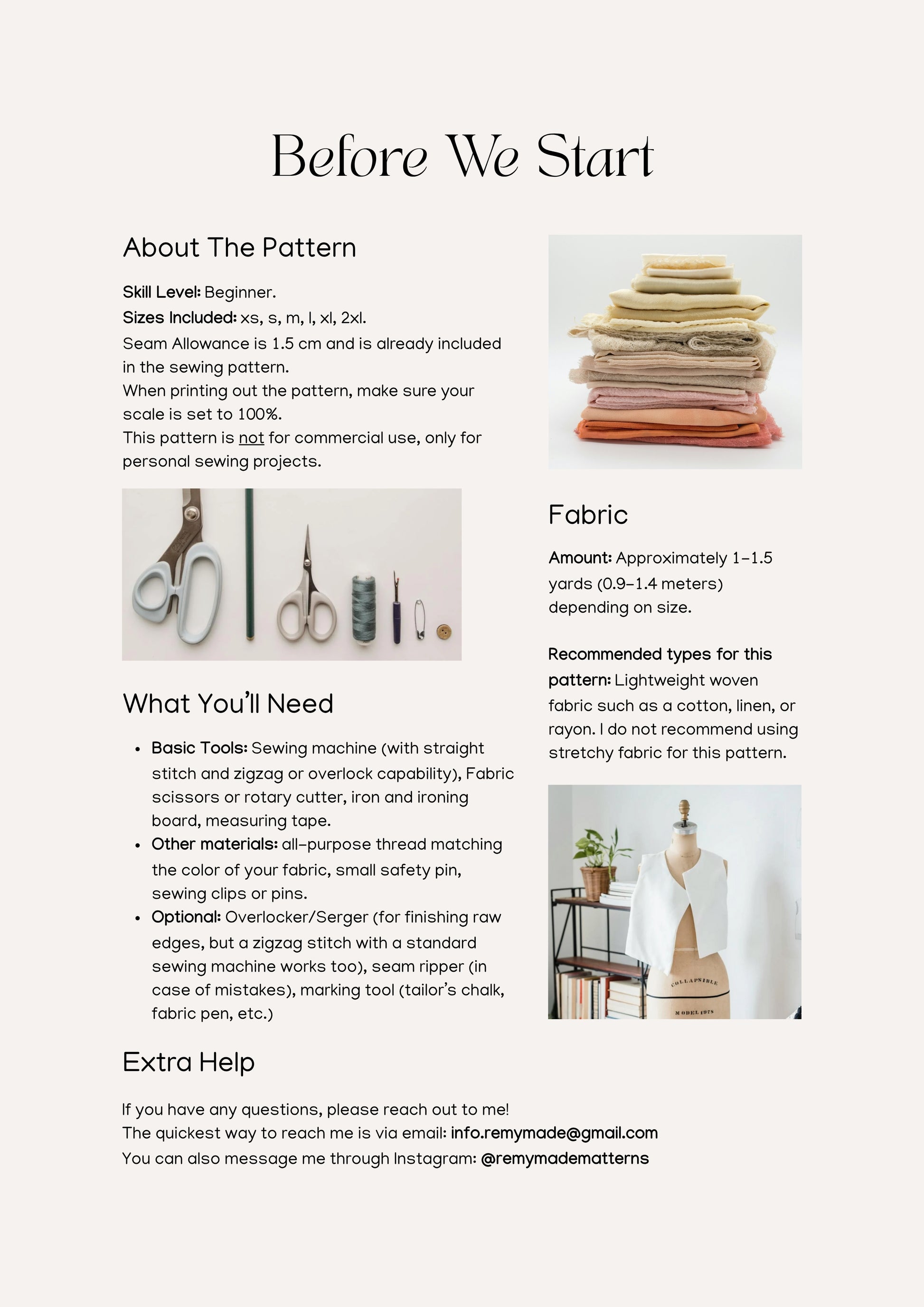
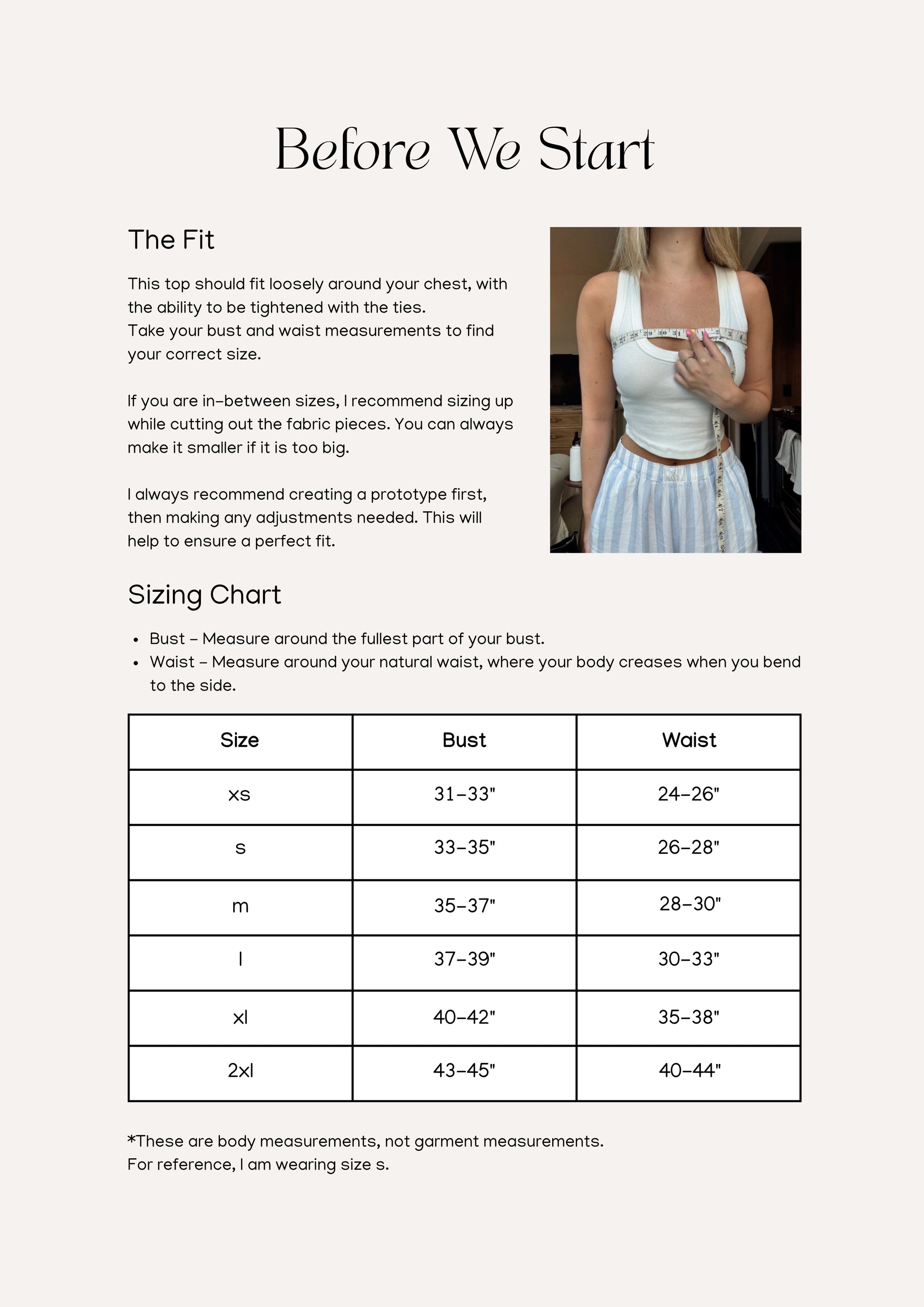
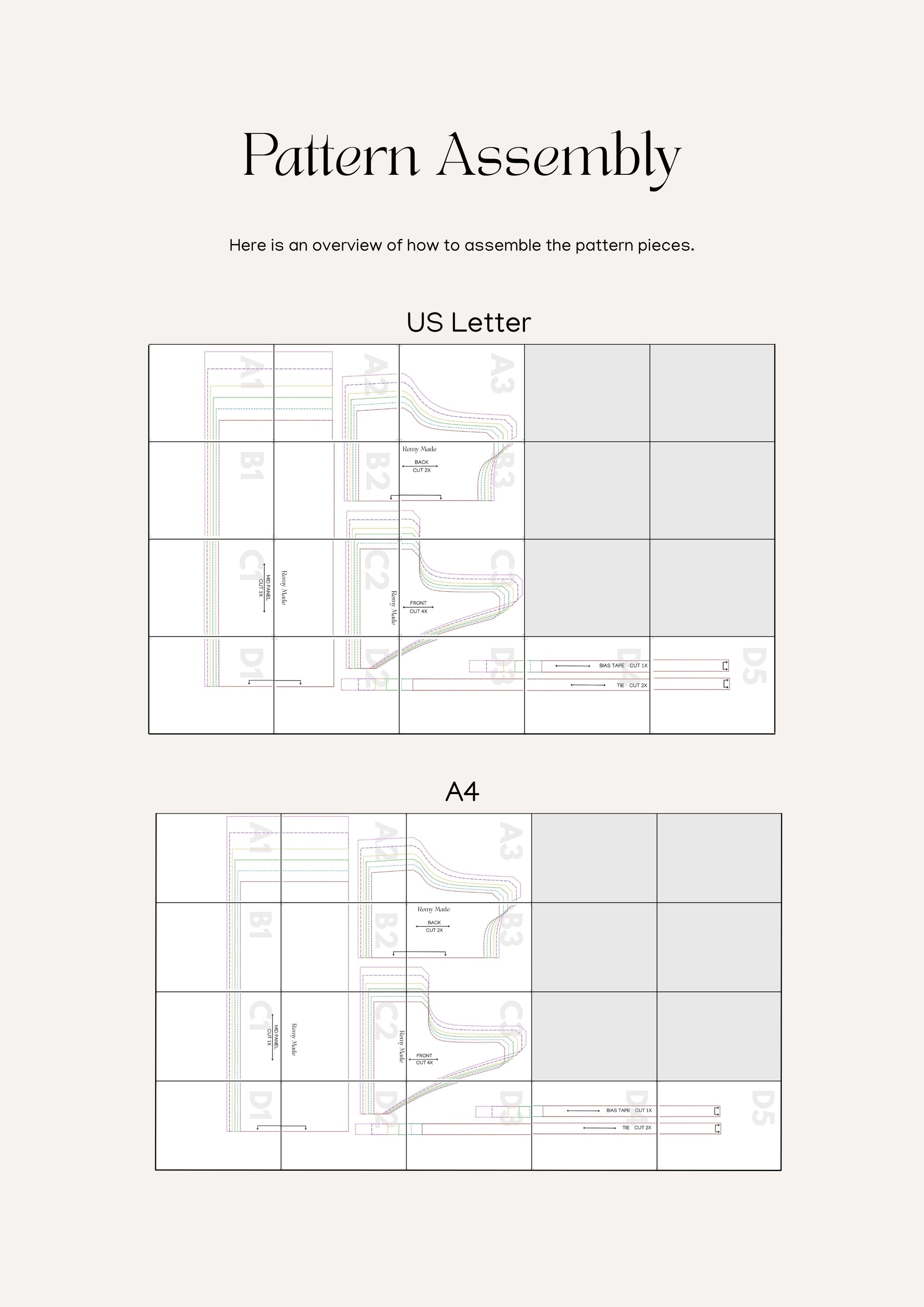
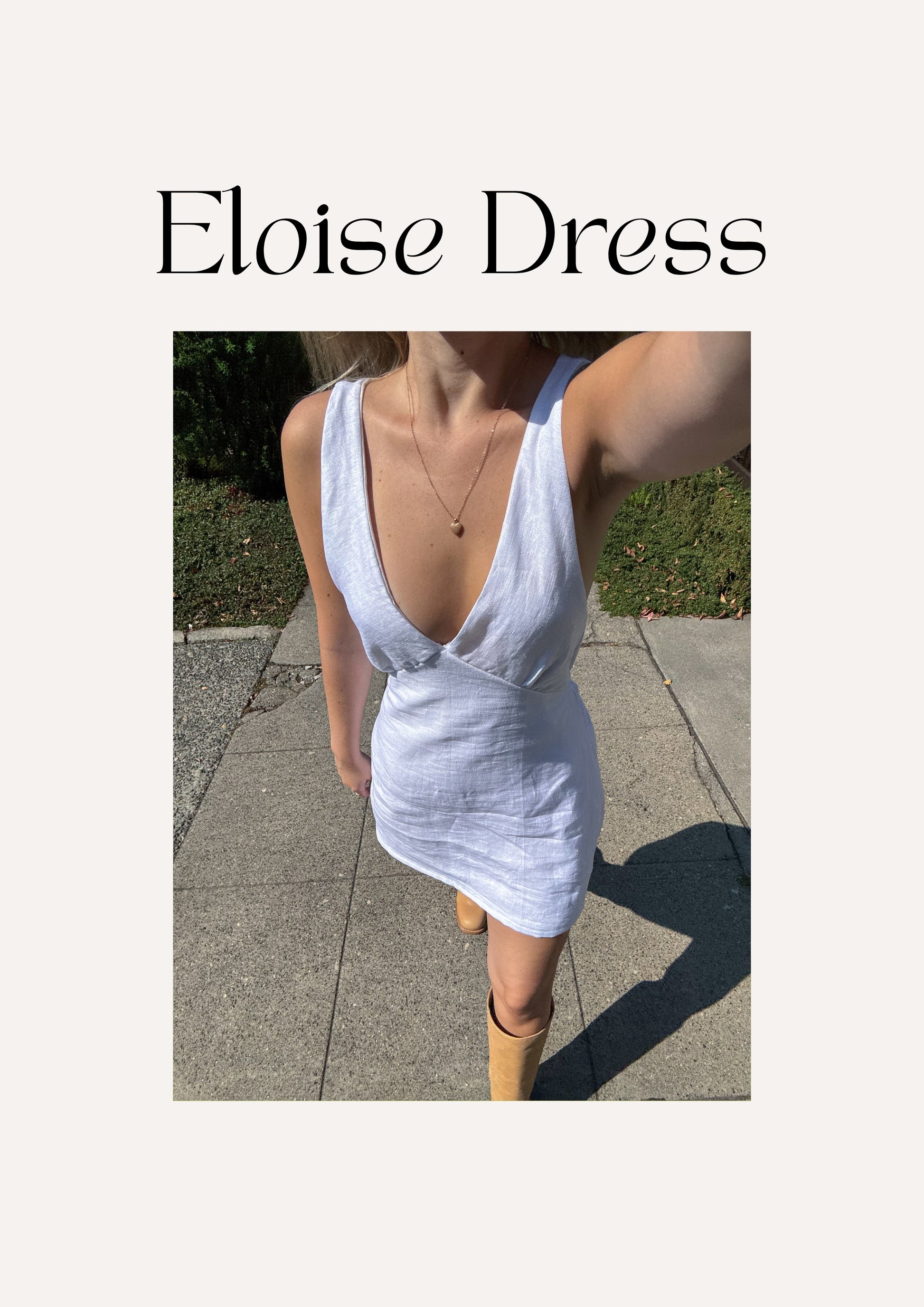
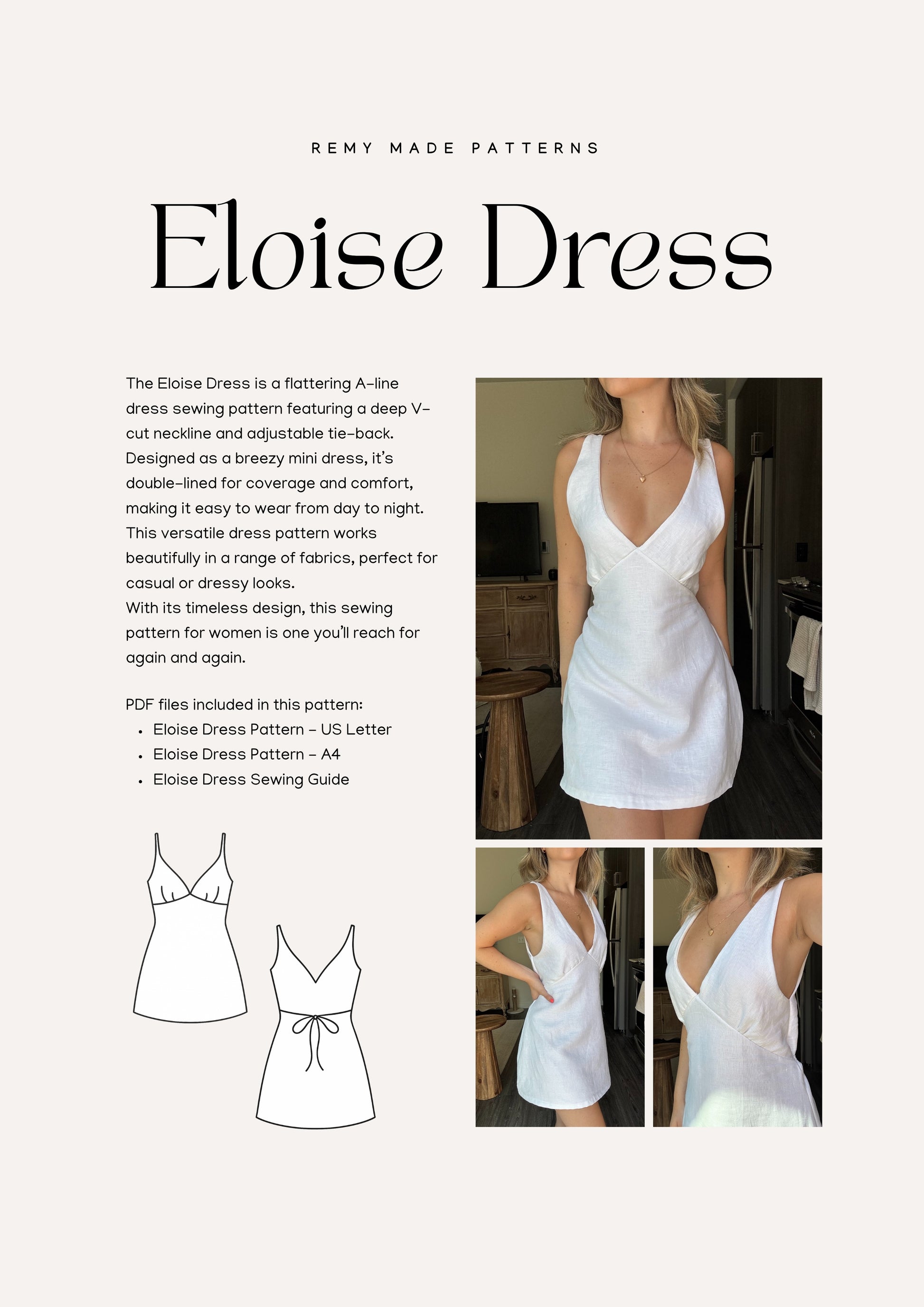
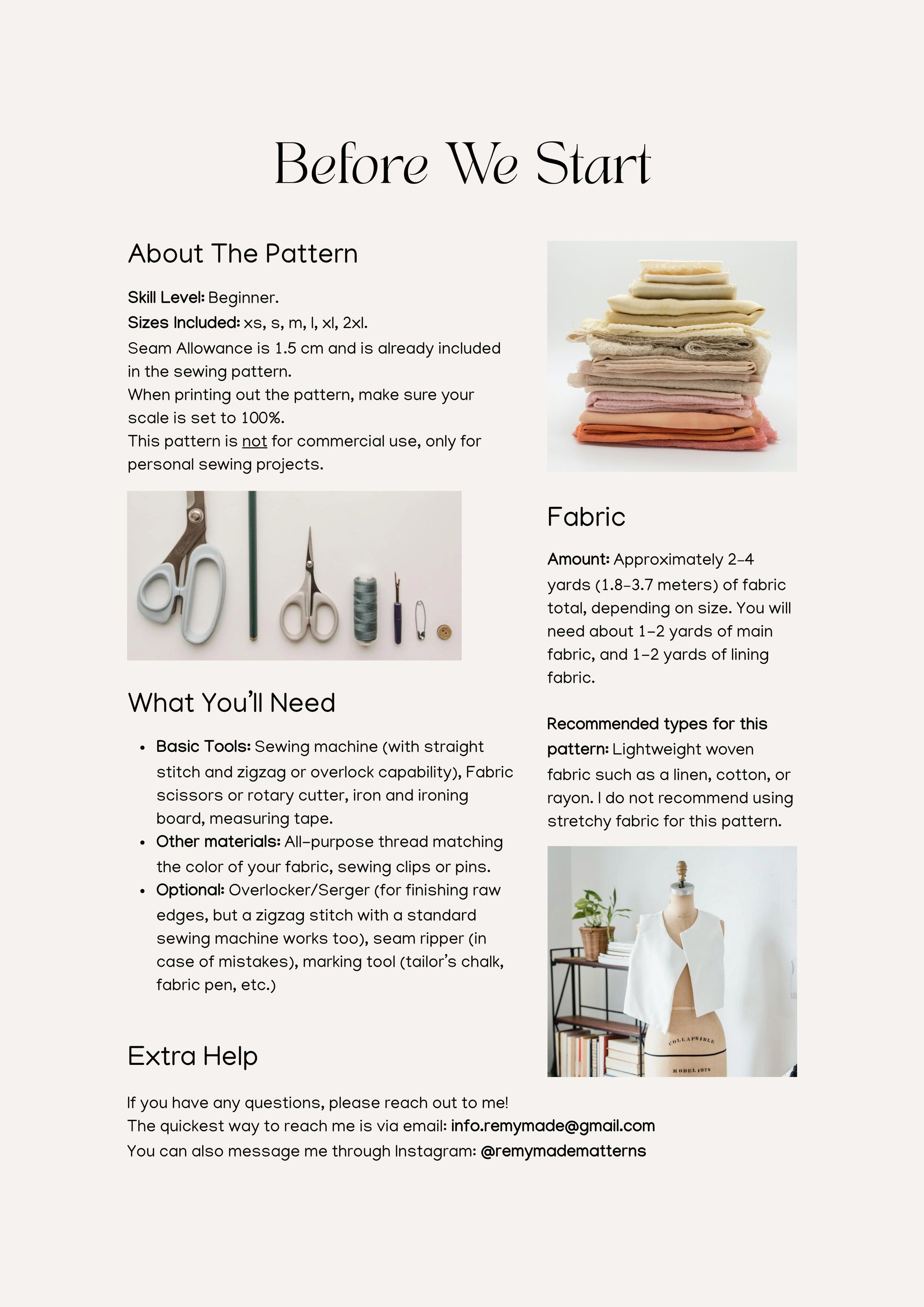
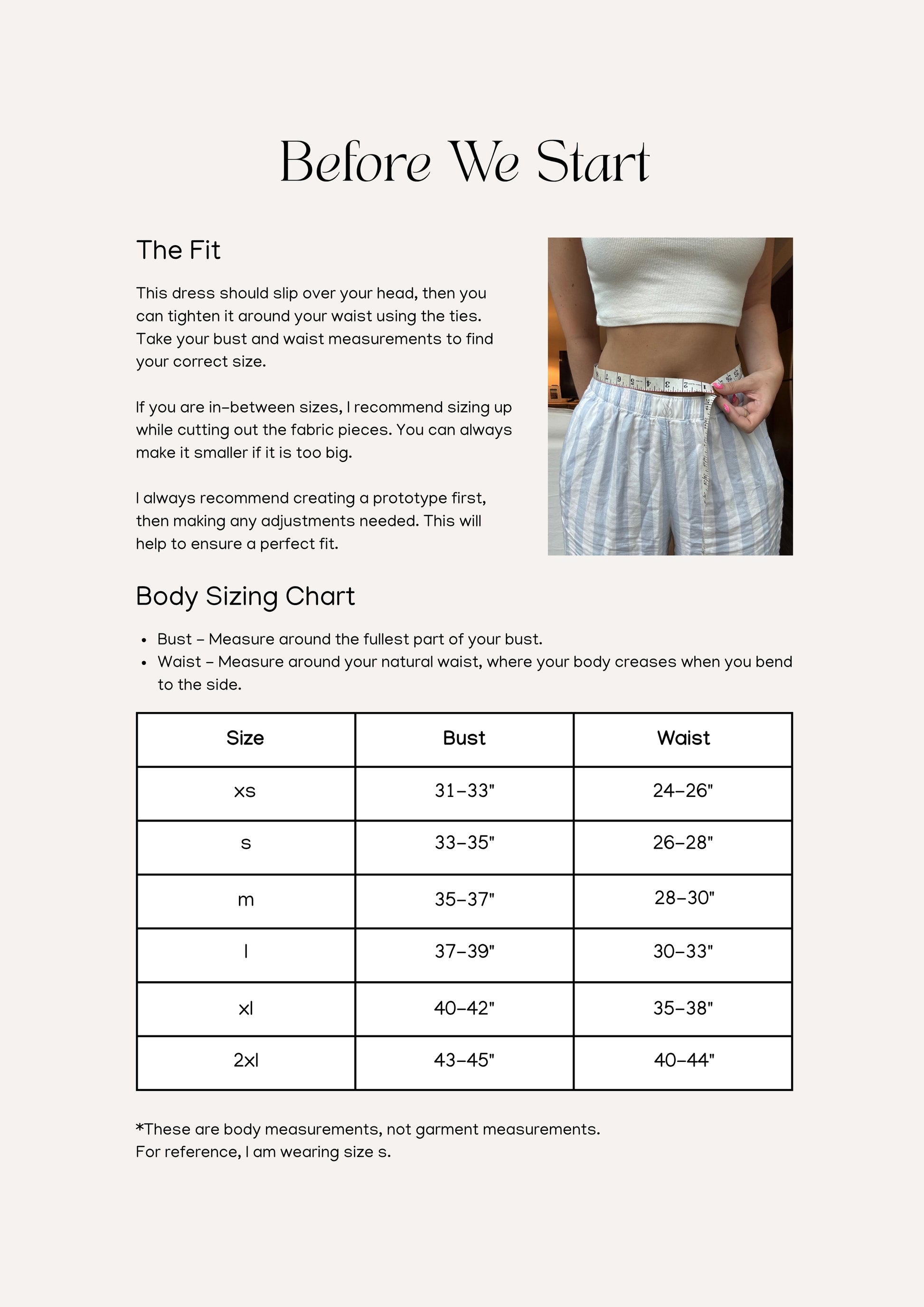


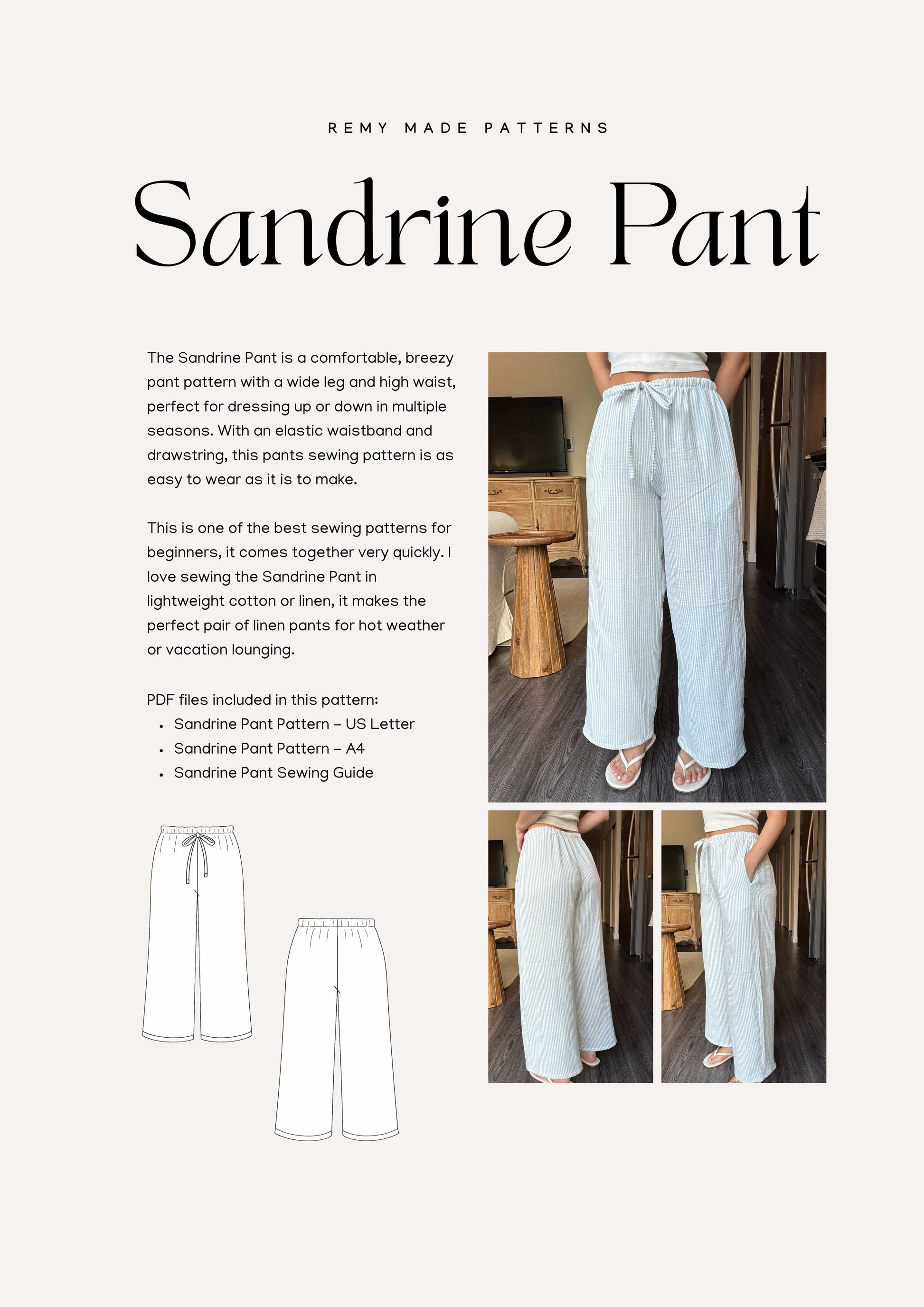

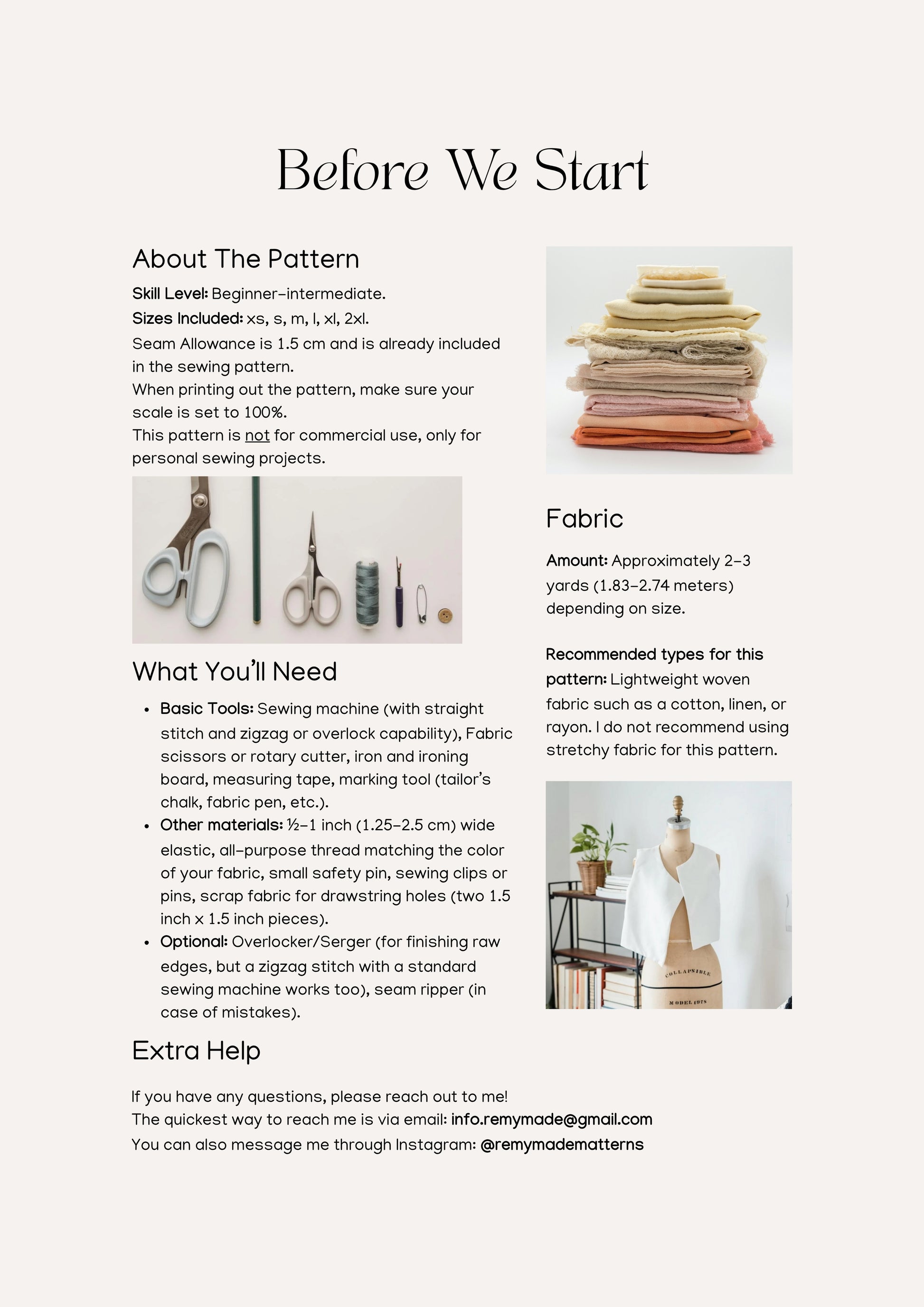
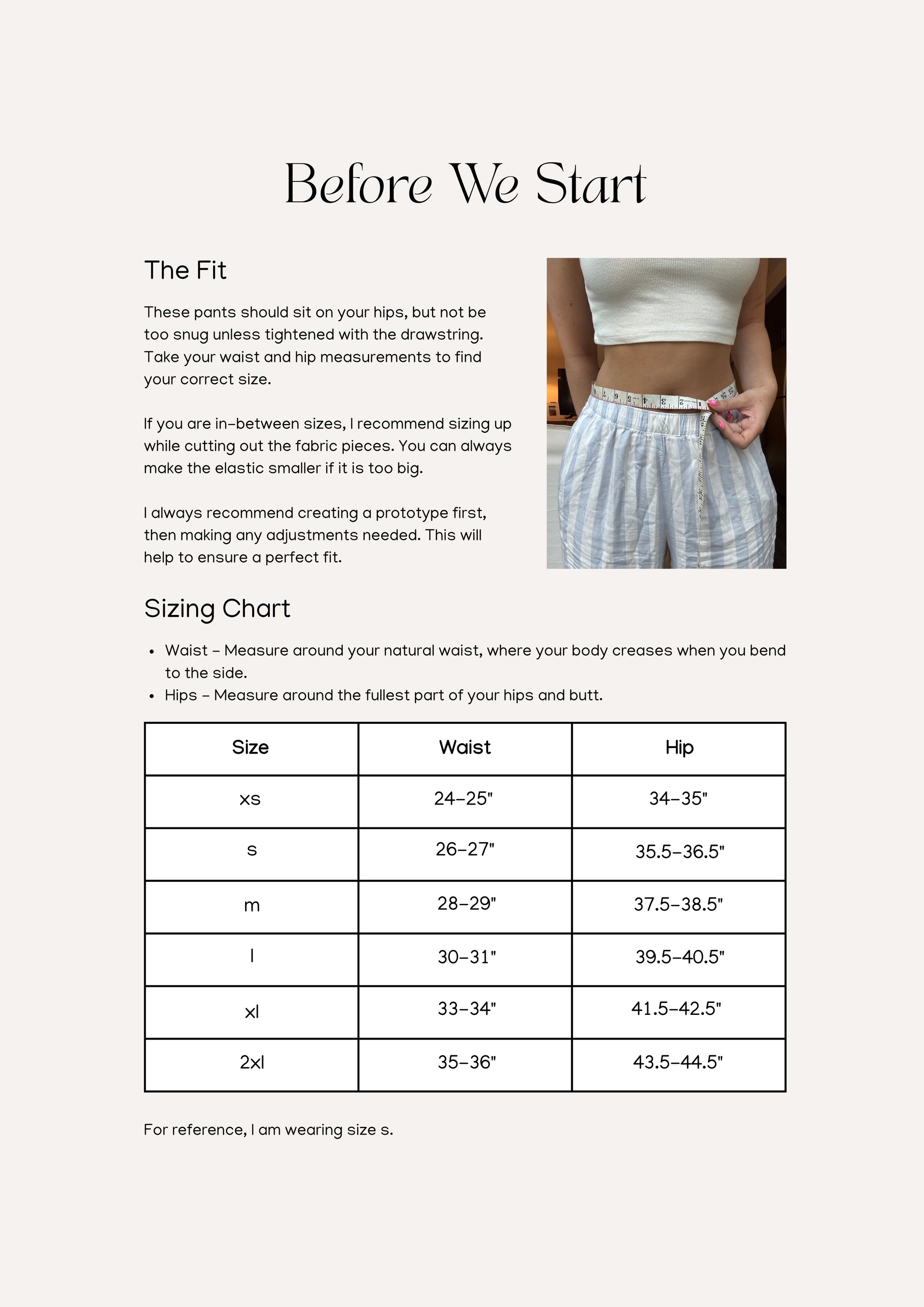
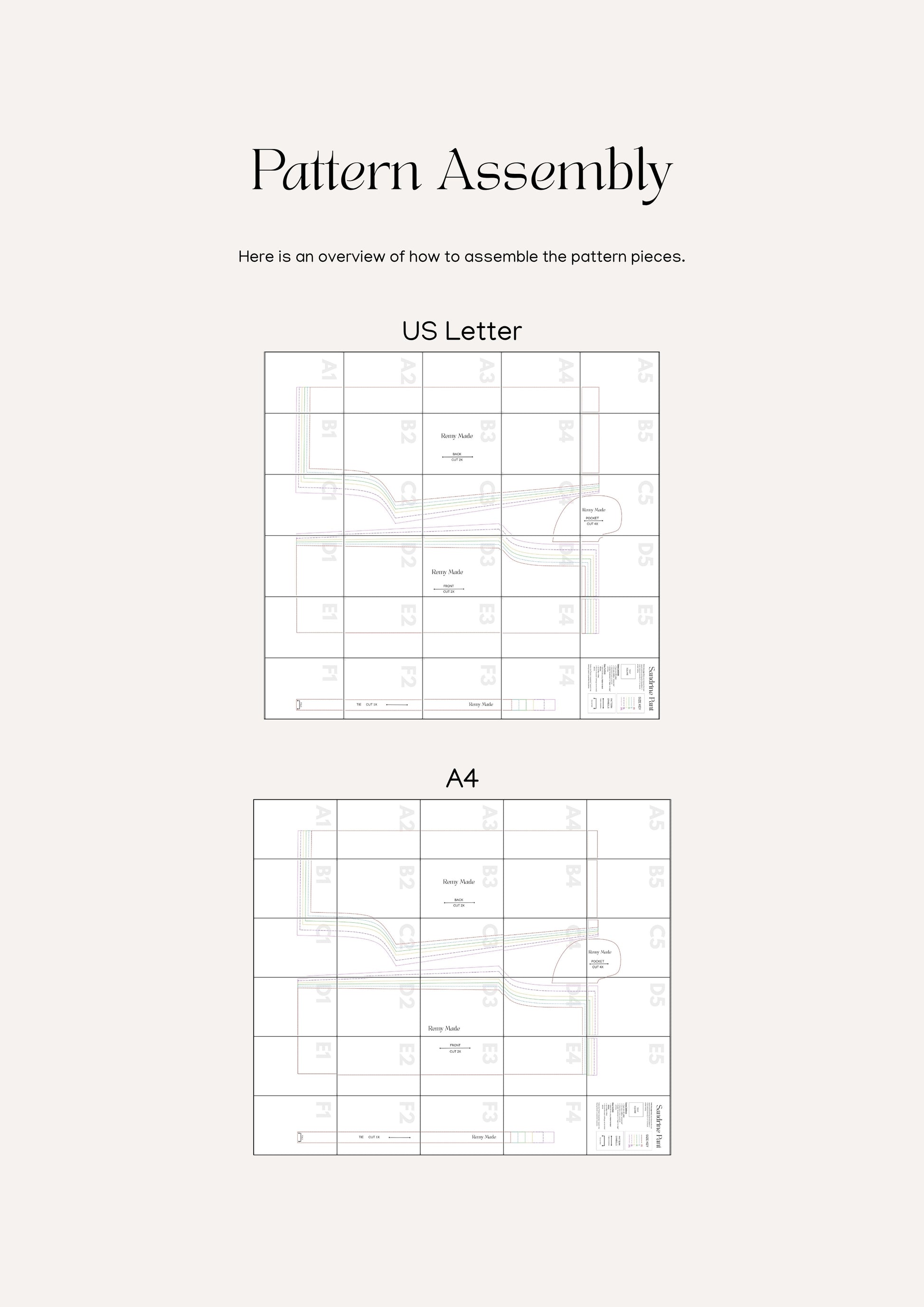
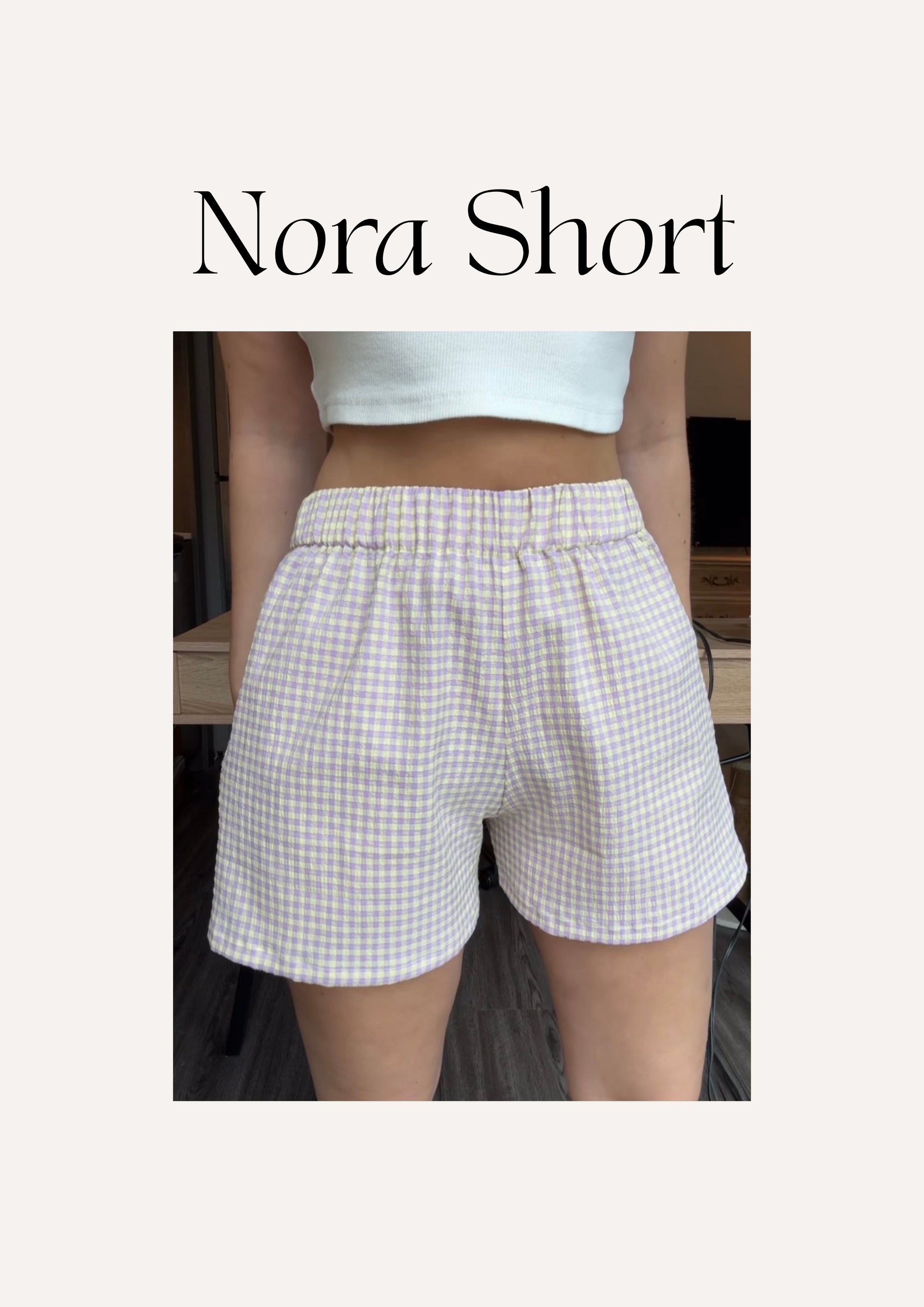
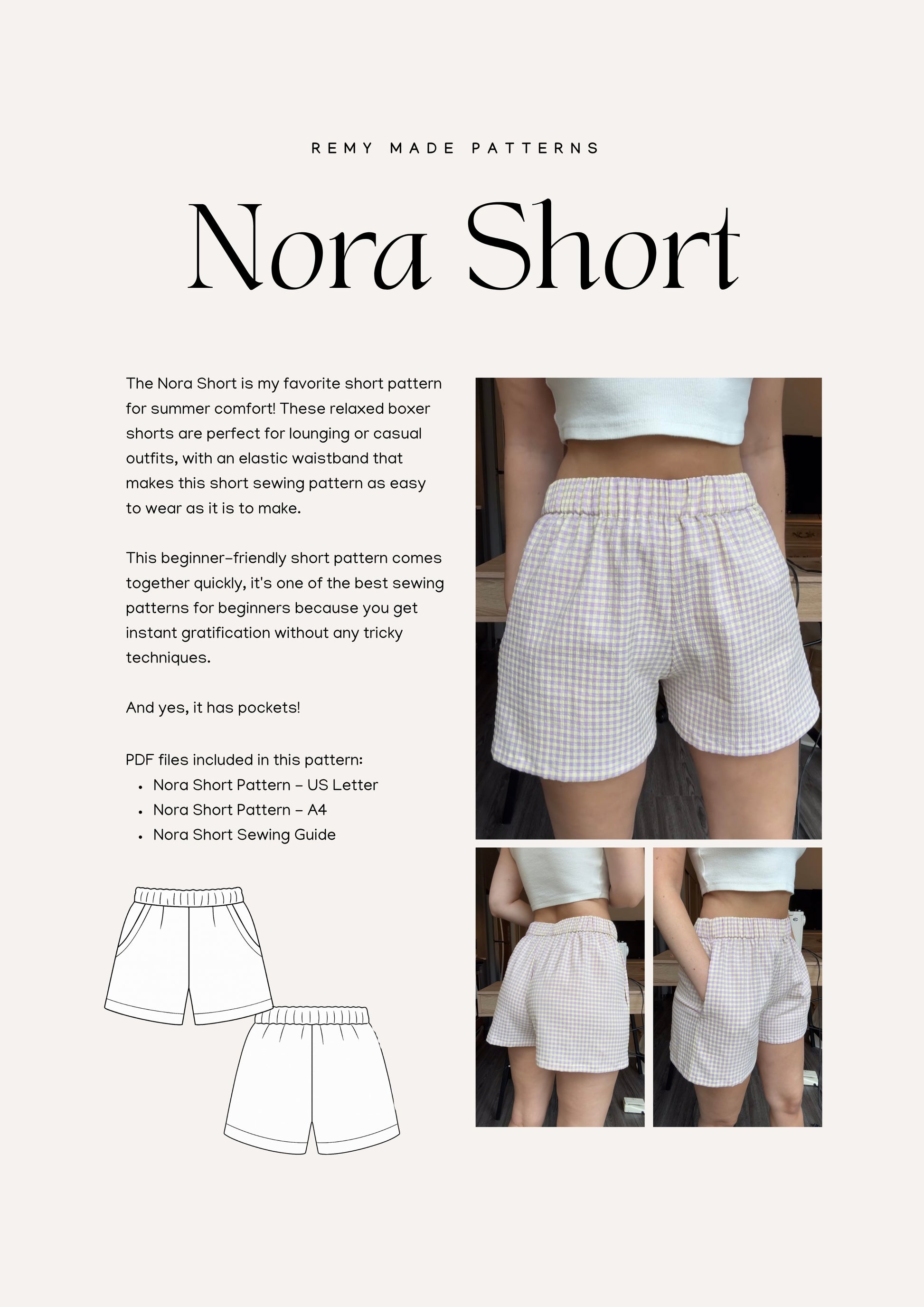
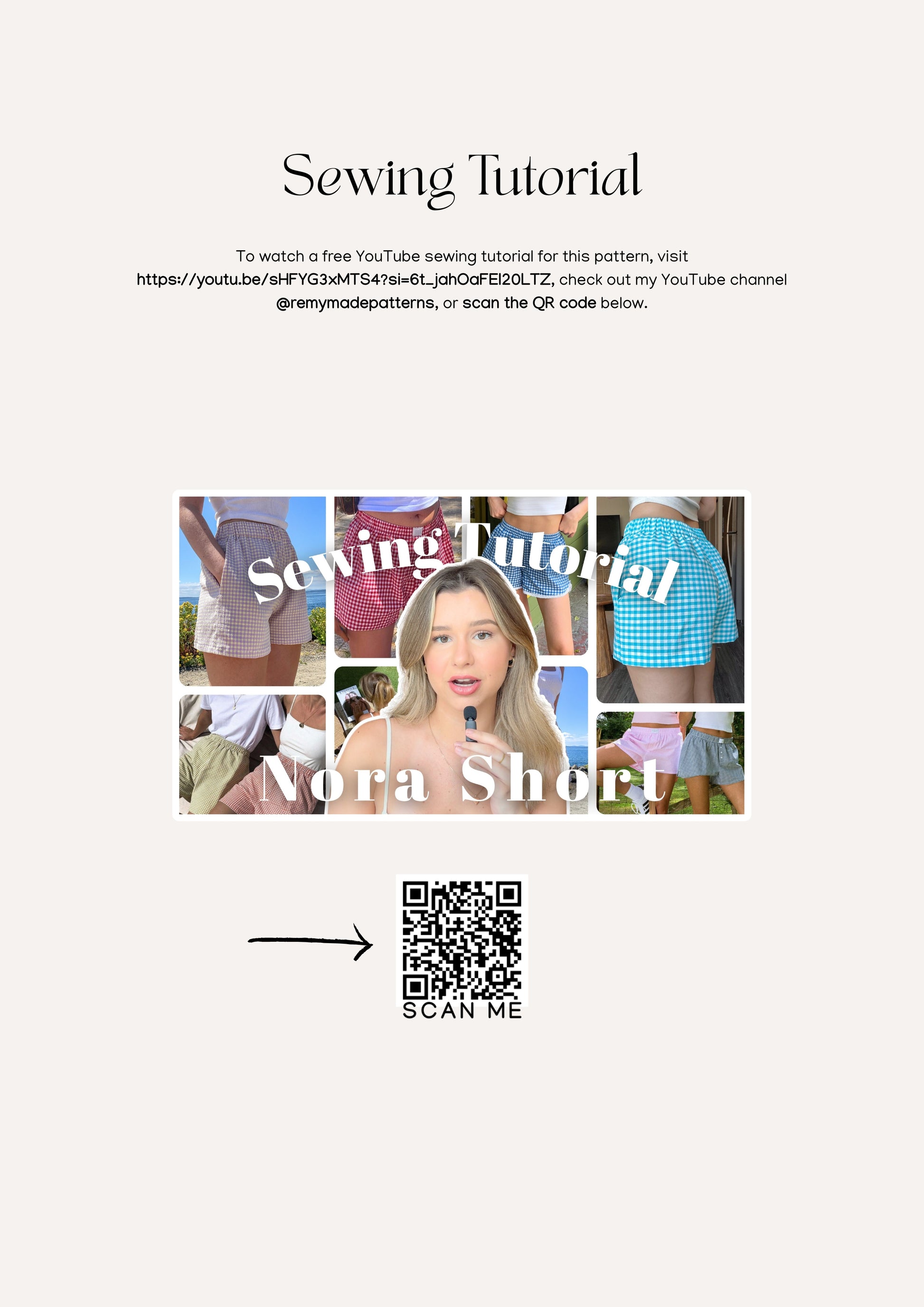
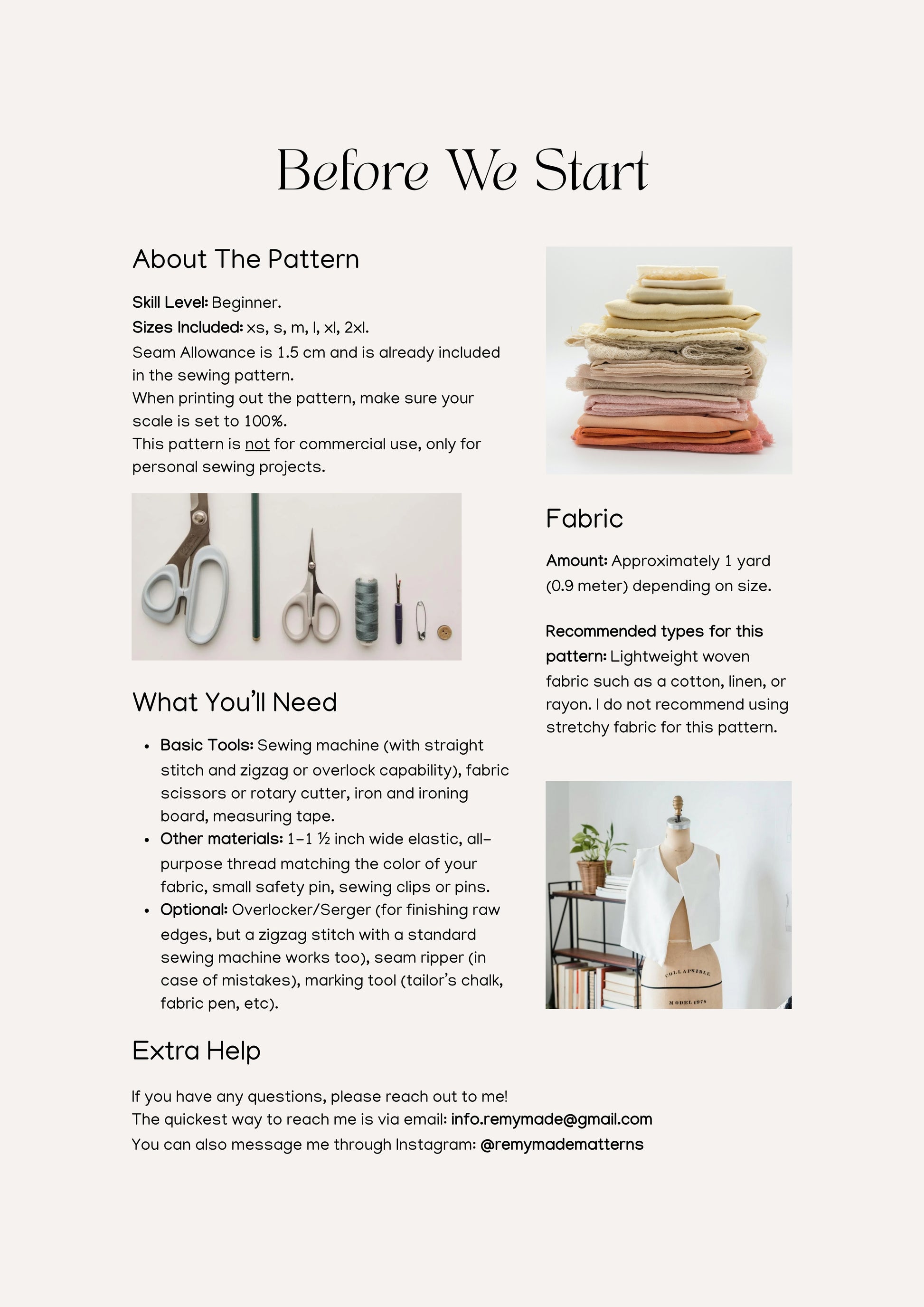
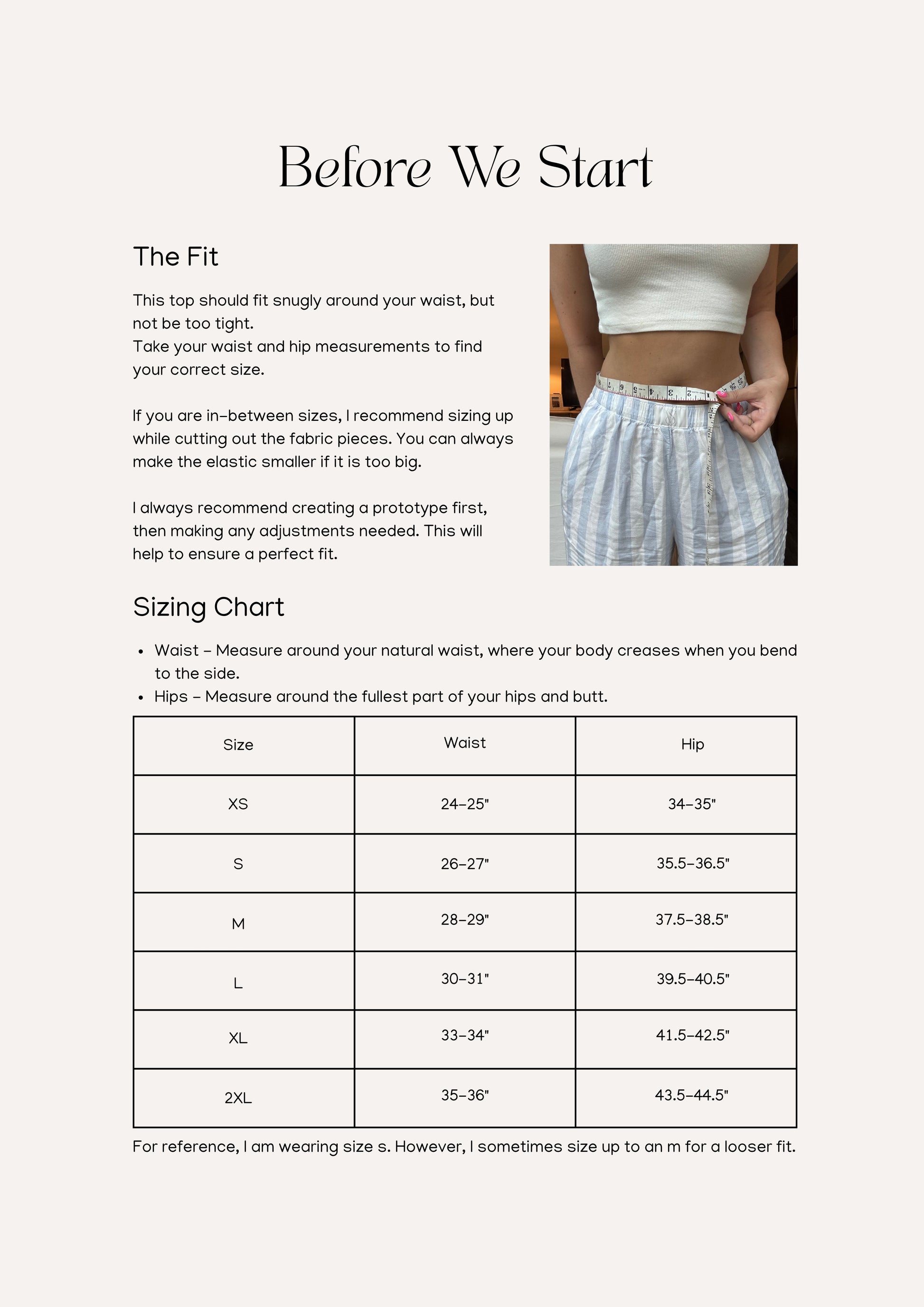
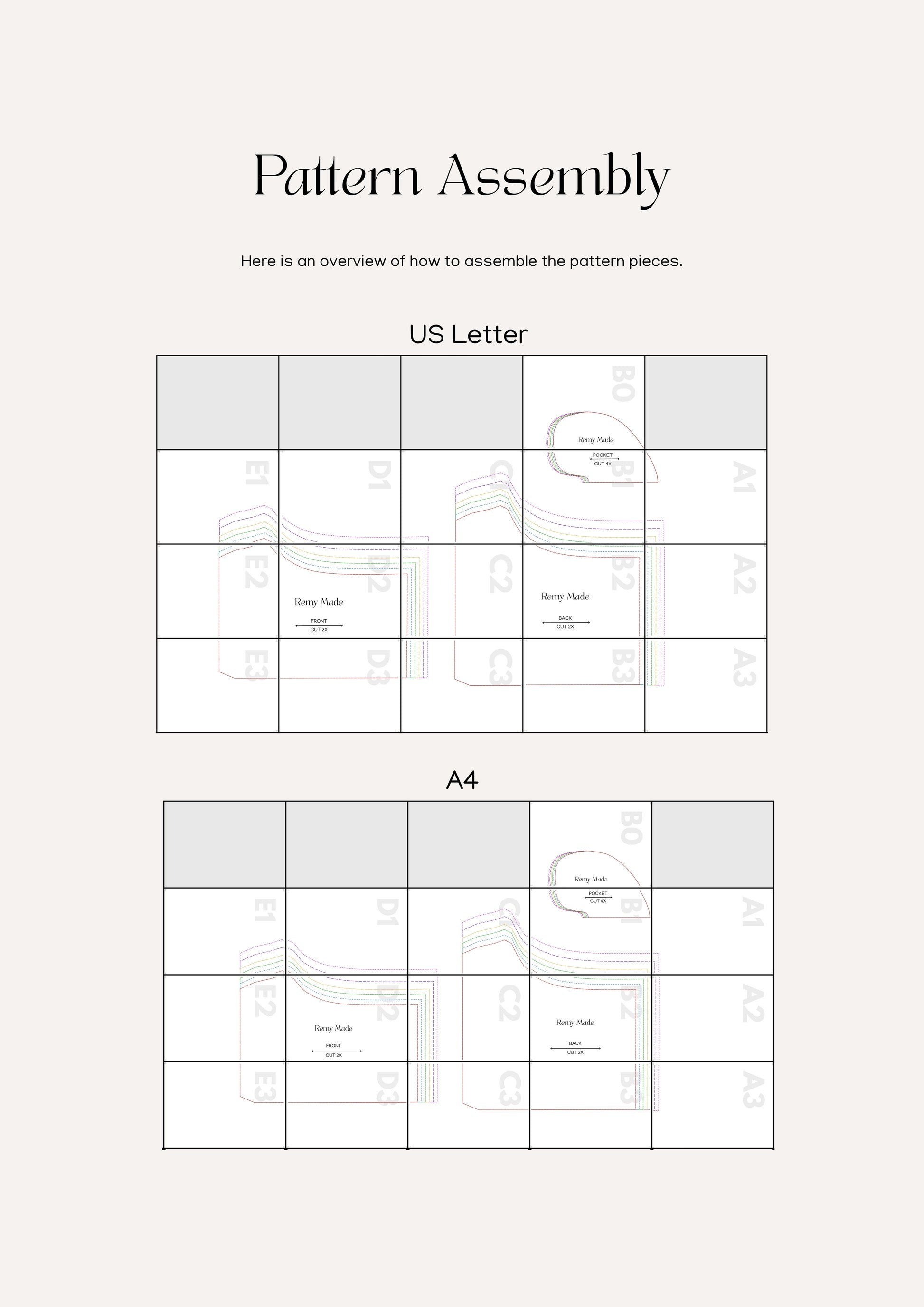
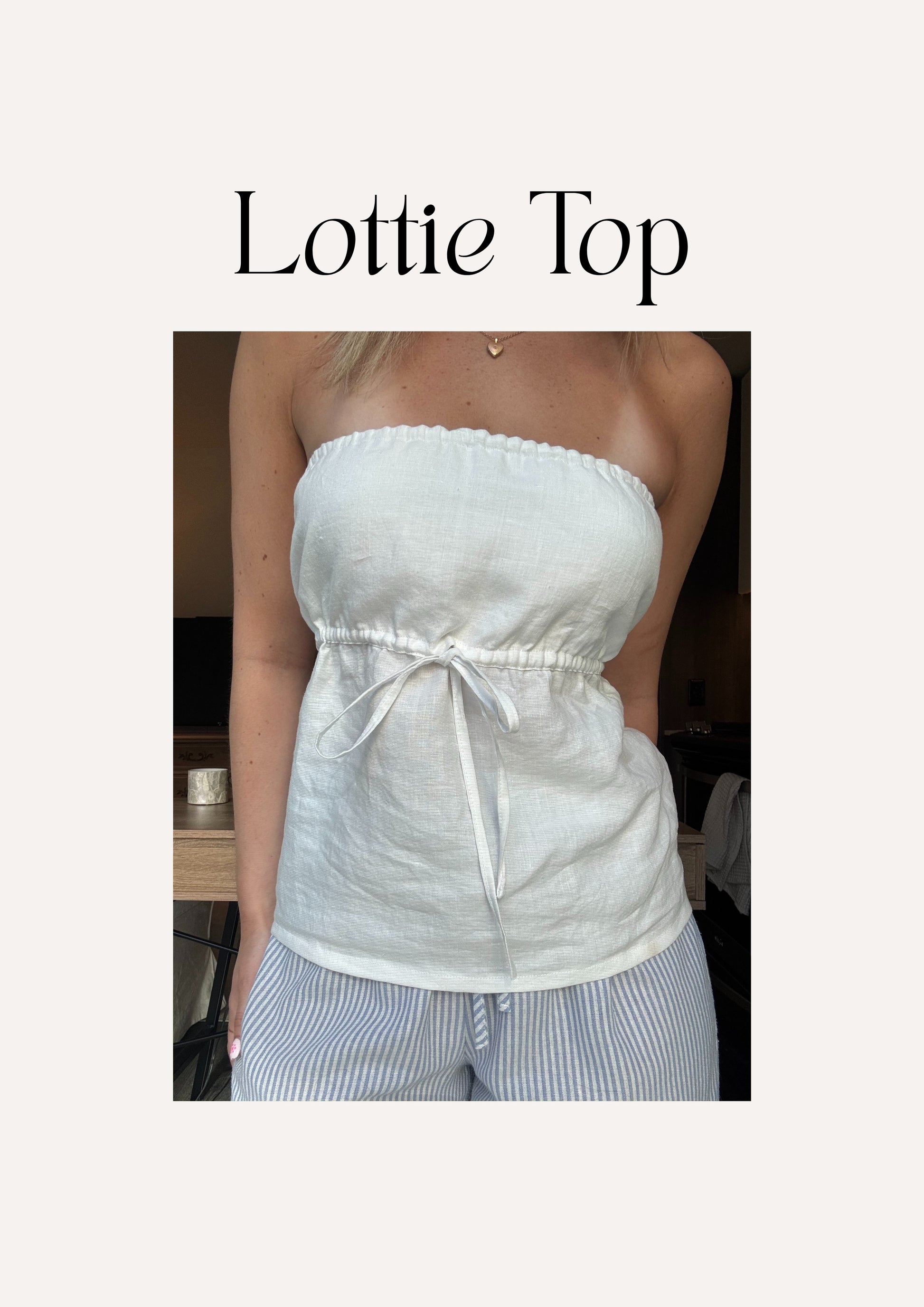
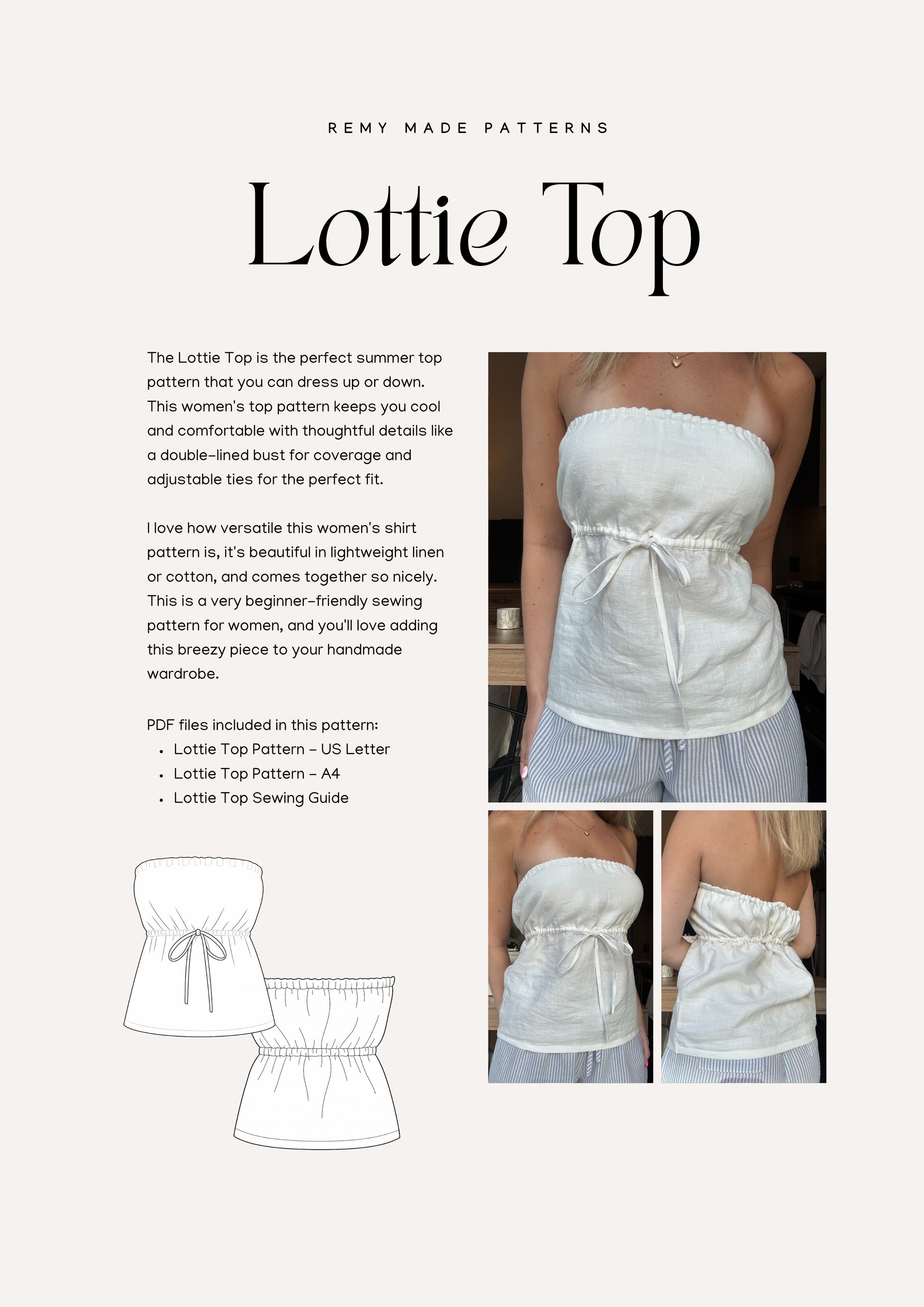
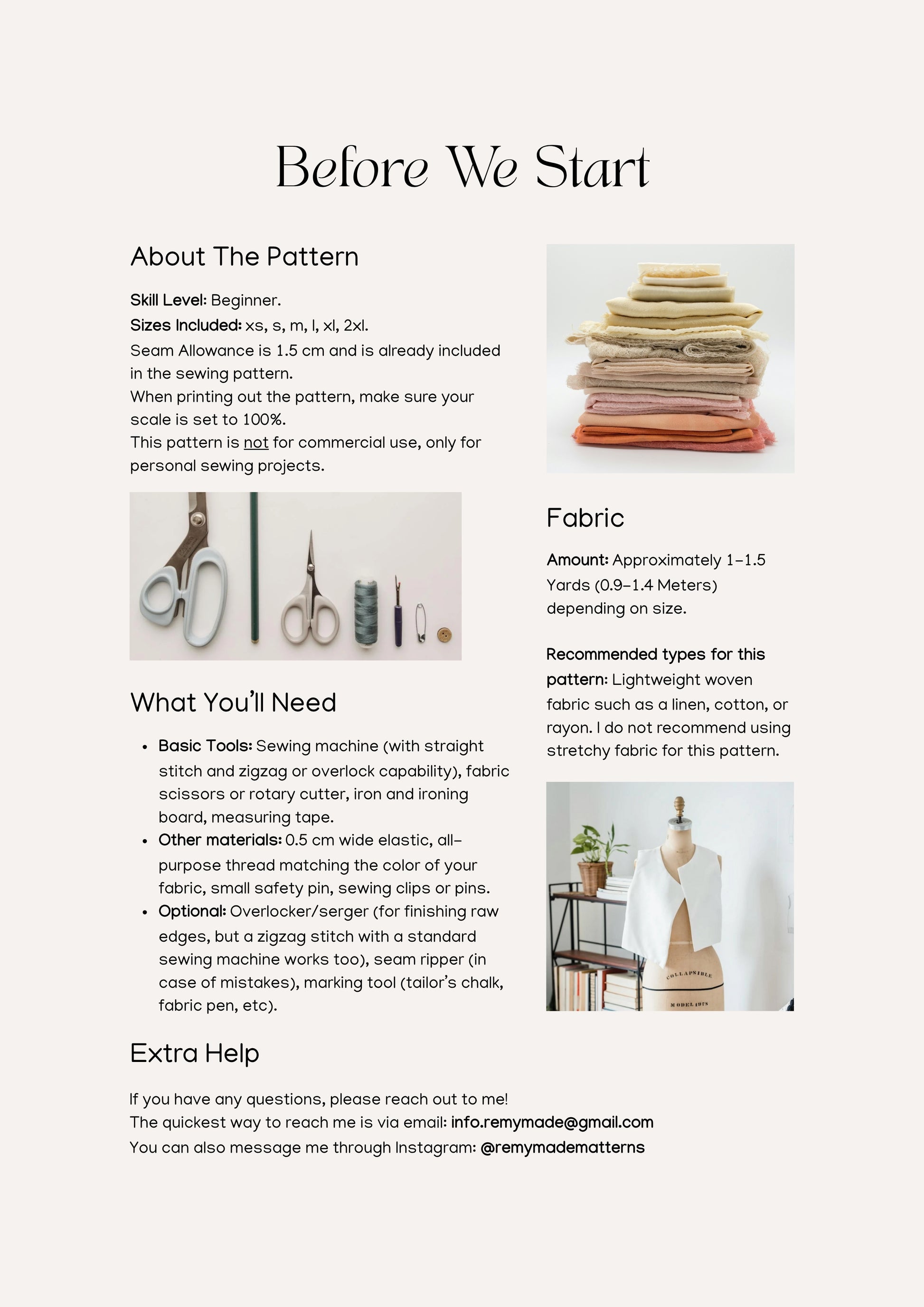

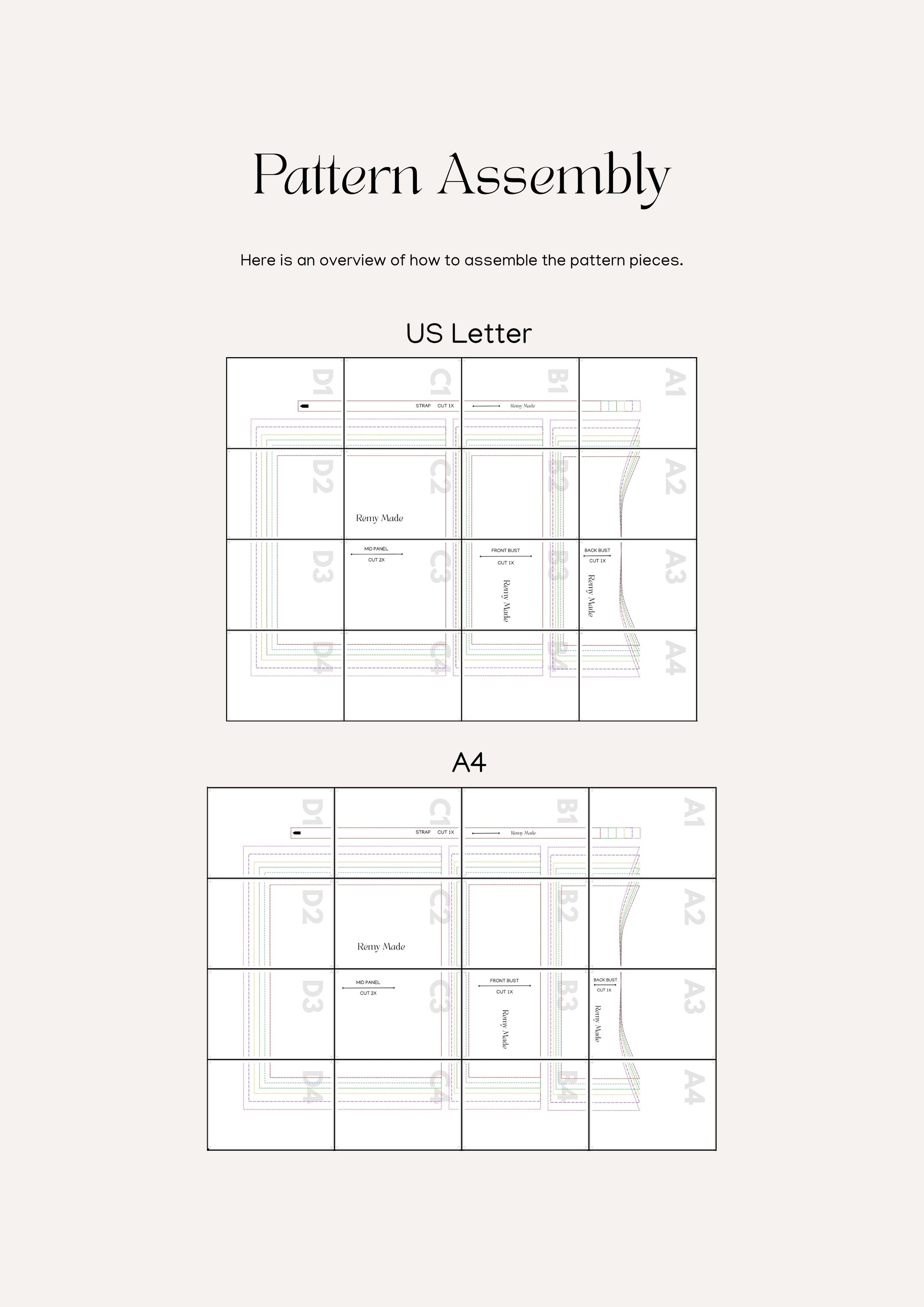
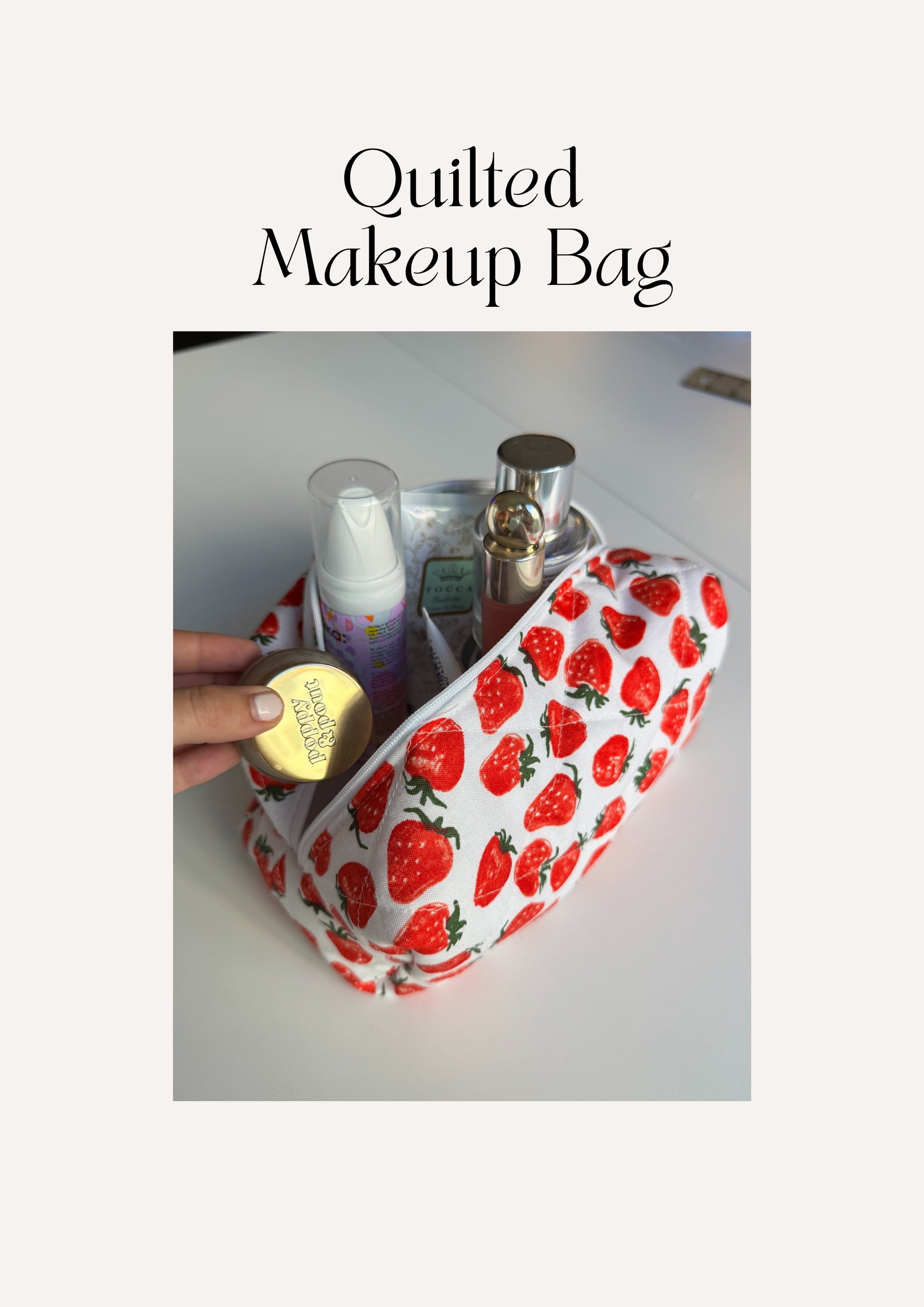
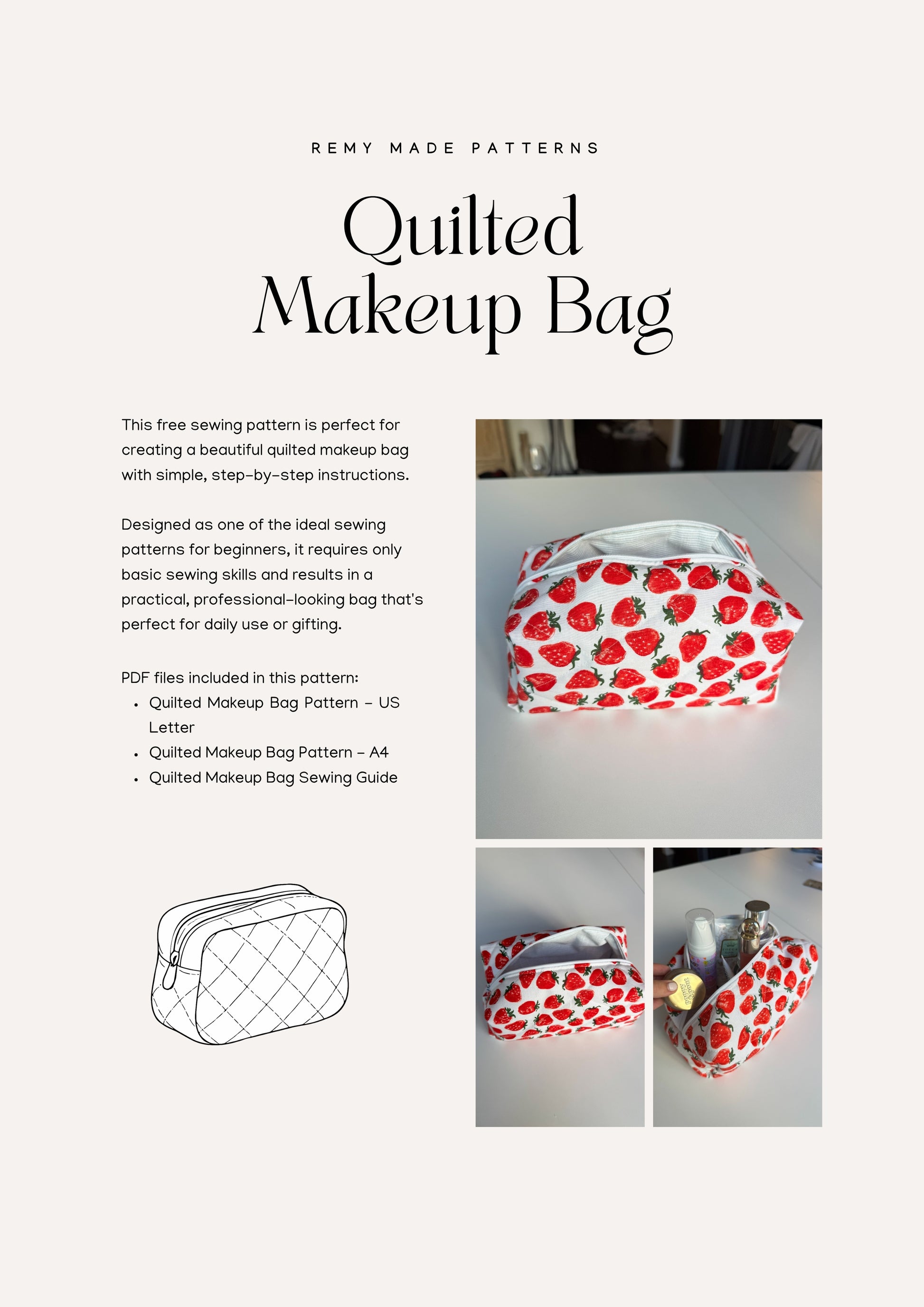
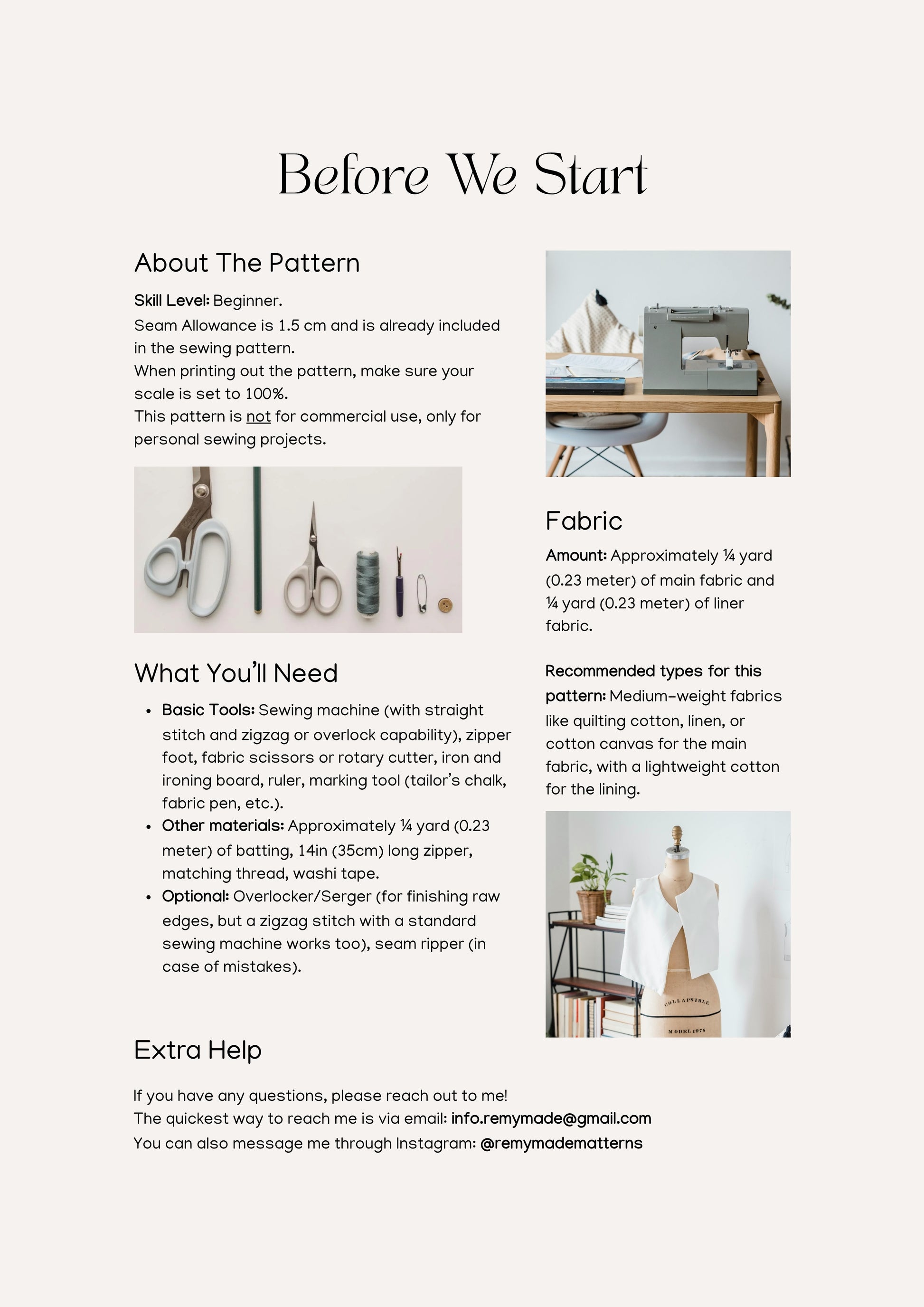
0 comments